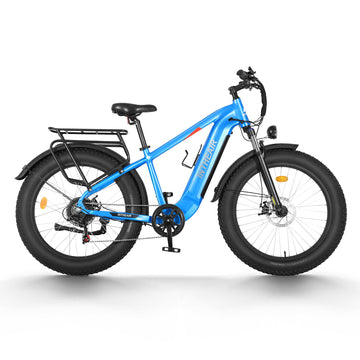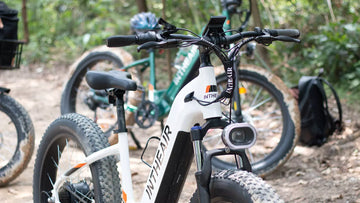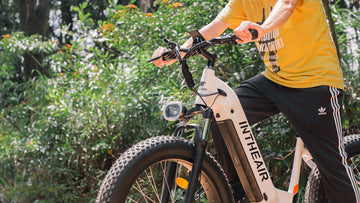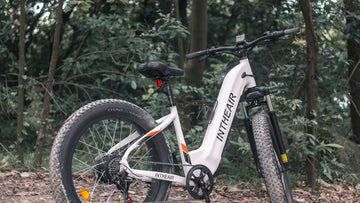Maintaining the Chain of an Electric Bike
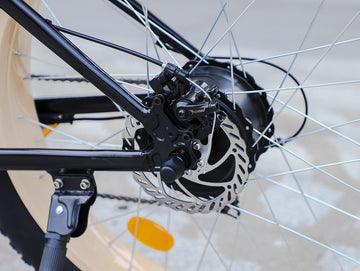
In the autumn of October, the autumn wind sneaks in one after another in the clear and crisp dawn. For cycling enthusiasts, this is their favorite season of the year, and it is also the season that they ride the most. The season with the highest maintenance frequency. In bicycle maintenance, the most tangled and headache for riders, and the most critical part of bicycle maintenance is the chain.
The chain is the most easily worn and stained part in cycling. It is completely exposed during the riding process. Riding in various environments will be directly affected by the environment. If the chain is not well maintained, it will not only affect the The life of the chain, chainring and derailleur, and the feeling of riding will be affected because the chain is not smooth enough.
How to properly care and maintain a bicycle chain?
The best time for chain maintenance is to carry out chain maintenance according to the mileage. For road riding, when the road conditions are good, maintenance is required every month or every 250 kilometers (150 miles); but when driving on off-road conditions, Clean and maintain at least every 100 (60 miles) kilometers.
Carry out chain maintenance according to the change of bicycle driving function. When the chain is tight during riding (the chain is stuck in the front chainring), the speed change performance of the bicycle is reduced, and the transmission system produces noise. You can hear the chain when you are in a tunnel or passing an object. When any of the above conditions appear when rattling (caused by the chain being too dry), it means that the bicycle chain is in a state of fatigue and needs to be maintained and maintained.
The correct steps for chain maintenance
Chain Cleaning
1. Lay old newspapers or rags on the working ground to avoid chain oil dripping and dirtying the ground during cleaning.
2. Put the bicycle on the maintenance rack, adjust the chainring and flywheel, so that the lower layer of the chain is parallel to the ground.
3. Use a dry cloth to wipe the chain and its accessories, and use an old toothbrush to clean off the sediment and dirt accumulated between the chains. If necessary, use warm soapy water to assist.
4. After the chain is cleaned, dry the chain with a dry rag, put it in the sun to dry, and then oil it.
Precautions:
Do not use strong acid or strong alkaline cleaning agents (such as rust remover), these chemicals will cause the chain to be damaged or even broken; avoid using organic solvents such as stain remover oil, which will not only damage the environment but also wash away the stains on the bearing parts. Lubricating oil; at the same time, the editor does not recommend that you use a solvent-added chain washer to clean the chain. This cleaning method will damage the chain and shorten the service life of the chain.
Oiling the Chain
Oil the chain as much as possible after it is clean and dry. The lubricating oil should use a special chain oil, to confirm whether the suitable lubricating oil is used, you can pour some on your hand to test. A good lube feels like water at first (penetration), but becomes sticky or dry after a while (long-lasting lubrication).
1. The chain bearing part is where the chain really needs to be lubricated. Use a syringe to infiltrate the lubricating oil between each piece of metal that makes up the chain to reduce wear and abnormal noise when the chain is running. Only a little lubricating oil is needed for other parts of the chain to prevent rust That's it.
2. After oiling, leave it for a few minutes to let the oil soak through the entire chain.
3. Excessive lubricating oil on the surface of the chain will only stain dust. At this time, we need to wipe off the excess lubricating oil on the surface of the chain with a dry rag.
4. As far as the speed change car is concerned, the rear speed change pulley, gear and flywheel should also be paid attention to, and the same principle should be used to maintain and lubricate these parts.
Assemble the Chain
1. Reassemble the chain. Before assembling the chain joints, it is necessary to clean the joints of the chains to ensure that there is no dirt residue, and lubricate the inside and outside of the shaft before assembling the joints.
2. Determine the correct length of the chain, put the part of the joint with the feet into the two ends of the chain, then put the joints and cards in order, insert the fixed joints, and clamp them with needle-nose pliers.

